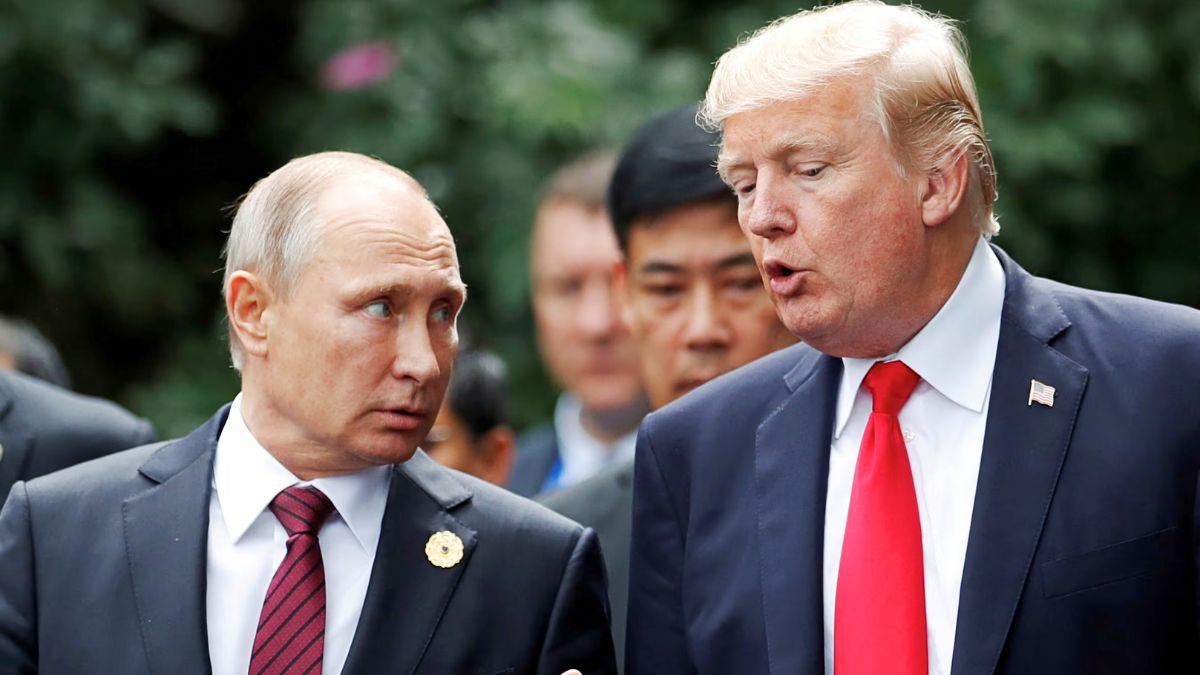Despite President Donald Trump’s administration explicitly requesting the removal of military aid for Ukraine, a major U.S. Senate committee has approved a spending bill allocating roughly $1 billion to support Ukraine’s ongoing defense efforts against Russia.
Funding
The Republican-controlled Senate Appropriations Committee voted 26-3 on Thursday to move forward an $852 billion military budget for fiscal year 2026, representing a significant $21.7 billion (2.6%) increase over President Trump’s original defense budget request.
This new spending package notably includes around $1 billion dedicated to Ukraine. Specifically, $800 million is allocated to the Ukraine Security Assistance Initiative (USAI), and an additional $225 million supports the Baltic Security Initiative—much of which also ultimately helps Ukraine in its defense against Russia.
Bipartisan
Remarkably, this measure saw considerable bipartisan support in the Senate Appropriations Committee. Key Senate leaders from both major parties stressed the importance of continued American assistance to Ukraine.
Republican Senator Mitch McConnell of Kentucky, head of the defense subcommittee, highlighted that previous administrations underestimated the gravity of security challenges. Senator Chris Coons, a Democrat from Delaware, emphasized that support for Ukraine directly totals approximately $1 billion within the bill.
| Measure | Allocation |
|---|---|
| Ukraine Security Initiative (USAI) | $800 million |
| Baltic Security Initiative | $225 million |
| Total Ukraine Support | ~$1 billion |
Frustration
Despite strong Senate support, this aid measure contrasts significantly with President Trump’s budget request, as well as the defense bill previously passed by the House of Representatives, neither of which proposed funding for Ukraine’s security initiatives.
Congressional frustration has grown over Trump’s administration repeatedly pausing weapons shipments to Ukraine and its lack of transparency regarding resumed arms transfers. Congressional aides have reportedly requested detailed information about what weaponry the U.S. is currently sending to Ukraine, but have yet to receive full briefings.
Additional Bill
Further illustrating bipartisan determination, Republican Senator Lisa Murkowski from Alaska and Democratic Senator Jeanne Shaheen from New Hampshire introduced separate legislation on Thursday aimed at providing an even larger assistance package—approximately $54.6 billion—to Ukraine over two years.
Despite cross-party backing, this larger aid package faces significant political hurdles. The last major U.S. aid package to Ukraine ($61 billion) was passed in April 2024 under then-President Biden and a Democrat-led Senate majority. Now, Republicans hold the majority in both the Senate and House, complicating passage.
Trump’s Stance
The Trump administration has notably shifted its approach recently, growing increasingly frustrated with Russia’s refusal to enter ceasefire negotiations. Trump has even issued deadlines threatening new sanctions if Russia does not demonstrate meaningful progress toward peace. However, his administration continues to resist direct U.S. military assistance to Ukraine within its budget proposal.
The White House has not clearly indicated whether Trump will sign or veto the Senate bill. An official stated simply, “We’re reviewing the bill in the totality.”
Military Benefits
Proponents of the bill, including McConnell and Coons, emphasize that beyond supporting Ukraine directly, American involvement provides significant strategic learning opportunities. Specifically, they note that Ukraine’s battlefield use of advanced drone technology is enhancing American military understanding of modern warfare, particularly valuable given Russia’s numerical and artillery advantages.
Next Steps
Before becoming law, this spending bill must pass the full Senate vote and subsequently reconcile with the House’s previously approved version, which notably excludes Ukraine assistance and aligns closely with Trump’s original budget request. Only after this legislative process would the bill reach President Trump for his decision—either signature or veto.
This development signifies ongoing tensions between Congressional willingness to support Ukraine and the Trump administration’s cautious approach, setting the stage for a significant political battle over U.S. aid policy and national security commitments.
FAQs
How much funding did the Senate approve?
The Senate approved approximately $1 billion for Ukraine.
Did Trump request Ukraine funding?
No, Trump’s administration asked Congress to eliminate it.
Is Ukraine funding bipartisan?
Yes, both Republican and Democratic senators supported it.
What is the Murkowski-Shaheen bill?
A bill proposing $54.6 billion in Ukraine aid over two years.
Has Trump’s stance on Russia changed?
Yes, he recently expressed frustration over Russia’s actions.











